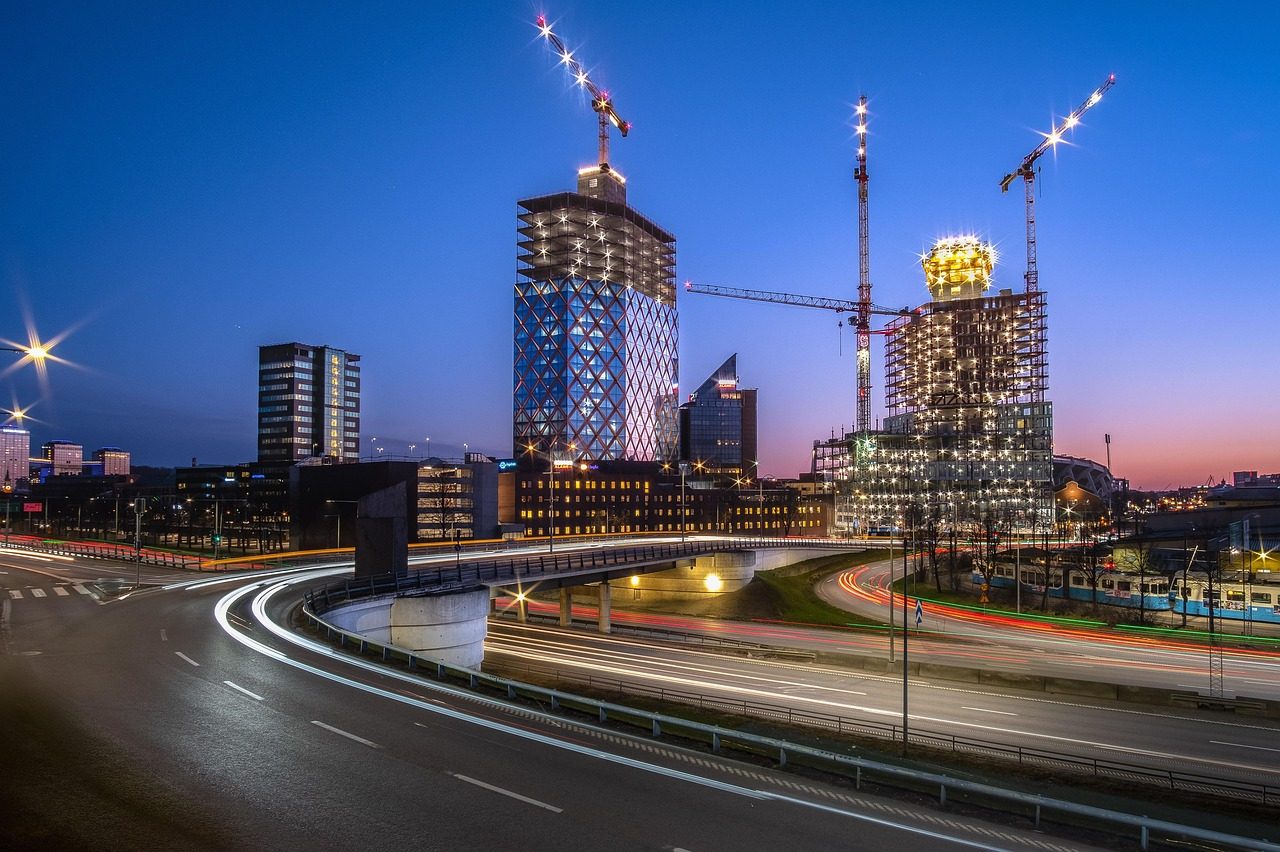A Step-by-Step Guide with the 360 Smarter Stack
The modern workplace is no longer just about desks, chairs, and meeting rooms. It’s about creating spaces that are flexible, efficient, and designed to empower employees. But with so many technologies—apps, sensors, systems, platforms—it’s easy to feel overwhelmed.
That’s where the 360 Smarter Stack™ comes in. This 8-layer framework turns complexity into clarity, helping organisations build smart workplaces in a structured, future-proof way.
If you’re considering upgrading your office, here’s a step-by-step guide on how to do it right.
Step 1: Define Vision & Value
Before buying a single device or app, start with why.
- What outcomes do you want? (e.g., productivity, sustainability, cost savings)
- How will you measure success? (KPIs, ROI, employee engagement)
- Does your vision align with business and ESG strategies?
The Vision & Value layer ensures your project is driven by purpose, not just technology.
Step 2: Map Operations & Culture
Smart offices succeed when people are on board. This means:
- Identifying key stakeholders (IT, FM, HR, leadership, employees)
- Defining governance and decision-making structures
- Preparing staff training and change management plans
Without cultural alignment, even the smartest tech will fall flat.
Step 3: Design User Journeys
A great smart workplace starts with great experiences.
- How do employees book desks, rooms, or parking?
- What’s the visitor journey from entry to exit?
- Are accessibility and inclusivity built in?
Mapping journeys ensures your solutions are intuitive and user-centric.
Step 4: Choose Applications & Services
This is where the digital tools come in:
- Workplace experience apps (desks, rooms, wayfinding, feedback)
- Visitor management systems
- AV booking and collaboration platforms
- Integration with HR or building management systems
Together, these apps form the front-end layer of your smart office.
Step 5: Leverage Data & Context
Smart workplaces thrive on data. You’ll need to:
- Identify the right metrics (occupancy, energy, air quality, usage trends)
- Develop a data model or tagging strategy
- Turn raw numbers into actionable insights
Data-driven decision-making means less guesswork and more efficiency.
Step 6: Build the Integration Layer
Think of this as the glue holding everything together.
- APIs and middleware to connect apps and systems
- Event triggers and alerts across platforms
- Standards such as MQTT, BACnet, or REST
Integration is where the magic happens—systems working as one ecosystem.
Step 7: Deploy Devices & Systems
Now it’s time to bring the tech to life:
- IoT sensors (occupancy, climate, air quality)
- AV systems for seamless hybrid meetings
- Smart lighting, HVAC, and access control
Every device should be secure, connected, and part of your integrated stack.
Step 8: Prepare the Physical Environment
The foundation matters as much as the technology:
- Structured cabling and PoE budgets
- Secure, resilient comms rooms
- Electrical and mechanical infrastructure for growth
Without a solid physical layer, the rest of the stack simply won’t perform.
Bringing It All Together
Delivering a smart workplace isn’t just about choosing the right technology — it’s about making sure every decision aligns with business goals, user needs, and operational realities. The 360 Smarter Stack™ provides the framework, and when mapped to standard project phases, it becomes a practical playbook for delivery.
1. Initiation (Vision & Value, Operations & Culture)
Set the foundations by defining the “why.” Establish clear objectives, ROI targets, and ESG goals. Engage stakeholders early, form governance groups, and ensure executive sponsorship. The Stack helps shape the business case and aligns everyone on the mission.
2. Design (High-Level & Detailed)
- High-Level Design: Map user journeys, define the functional scope (apps, signage, booking tools), and outline data strategy.
- Detailed Design: Translate requirements into specifications. Define UX flows, system architecture, integration models, and interoperability standards.
At this stage, the Stack ensures requirements are clear and solutions are design-ready.
3. Build & Test (Integration Layer, Systems & Devices, Physical Environment)
Bring designs to life. Deploy and test smart systems — HVAC, AV, lighting, access control, and IoT sensors. Build the integration layer to connect applications and data streams. Deliver physical infrastructure (racks, cabling, power). The Stack guides validation so systems work together, not in silos.
4. Implement (User Experience, Applications, Operations & Culture, Vision & Value)
Go live with confidence. Validate real-world experiences with booking tools, apps, signage, and dashboards. Roll out training for facilities, IT, and support teams. Monitor early KPIs against business case goals. The Stack makes sure handover and adoption are embedded, not an afterthought.
5. Closure (Vision & Value, Operations & Culture, Data & Context)
Close with purpose. Confirm benefits realisation, document lessons learned, and transition fully to BAU. Validate reporting pipelines and data insights for continuous improvement. The Stack provides a roadmap for day-two enhancements, ensuring the workplace keeps evolving.
By aligning the 360 Smarter Stack™ with the phases of project delivery, you get more than a framework — you get a methodology that bridges strategy and execution, making your smart workplace both achievable and sustainable.
Download the Smart Office Readiness Checklist to see where your organisation stands.
Explore our Foundation and Practitioner Courses to start building capability with the 360 Smarter Stack.

No responses yet